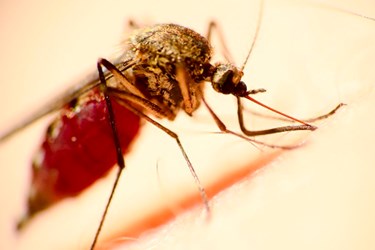Researchers Pinpoint Mechanism In Malaria Drug Resistance

Researchers from the Washington University School of Medicine in St. Louis reported their discovery of a mechanism behind malaria parasites’ drug resistance. The discovery may also apply to other infectious diseases, such as tuberculosis and bacterial infections.
Malaria parasites along with many organisms produce a class of molecules called isoprenoids, which are responsible for a number of functions needed to keep organisms healthy. An investigational drug called fosmidomycin blocks the synthesis of isoprenoids to kill malaria parasites. However, the drug gradually loses efficacy over time.
Senior author Audrey Odom, assistant professor of pediatrics at the university, said that the malaria parasite returned in over half of children being studied in trials evaluating fosmidomycin. With the help of next-generation sequencing technology, Professor Odom and her team compared genetics of parasites which were susceptible to the drug against those resistant to it. The scientists found that mutations in the gene PfHAD1 resulted in the parasites becoming resistant to fosmidomycin.
The protein was discovered to slow isoprenoid production in the parasites, similar to the drug’s mechanism. “We don’t know why the protein puts the brakes on under normal conditions. Perhaps simply because it’s an energetically expensive pathway. But loss of PfHAD1 releases the brakes, increasing the pathway’s activity, so that even when the drug is there, it doesn’t kill the cells,” said Professor Odom.
Inhibiting the manufacture of isoprenoid by targeting the pathway is an attractive therapeutic target, not only for malaria, but for other diseases as well that use it, such as tuberculosis. The scientists’ findings were published in the July 24th edition of Nature Communications.
Earlier this month scientists from the University also reported that they had devised a way to trap the malaria parasite in a prison of its own making, halting growth and inducing death.
The malaria parasite is named among the world’s most lethal pathogens, spread mainly through the bite of infected mosquitoes. The disease claimed 627,000 lives in 2012 alone according to the World Health Organization. Furthermore, malaria’s resistance to prescription drugs and treatment is increasing among the parasite’s numerous strains. However, the disease could be on the verge of meeting a prime challenger: this month GlaxoSmithKline announced its regulatory filing of what may be the world’s first malaria vaccine.
